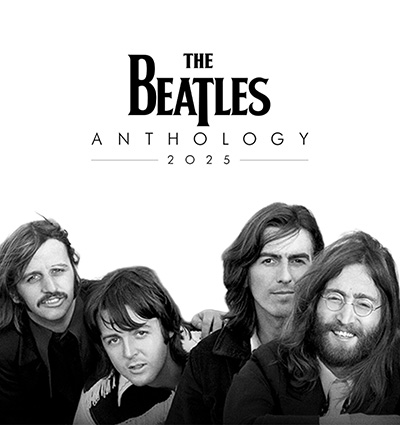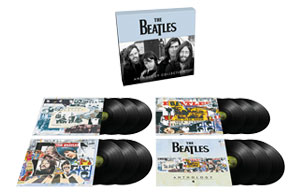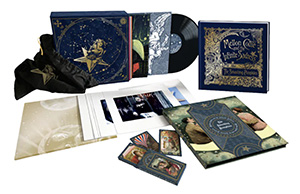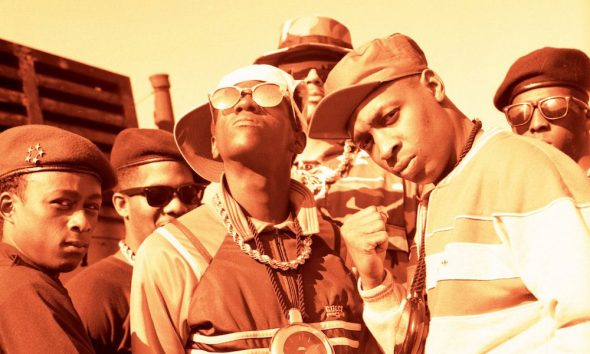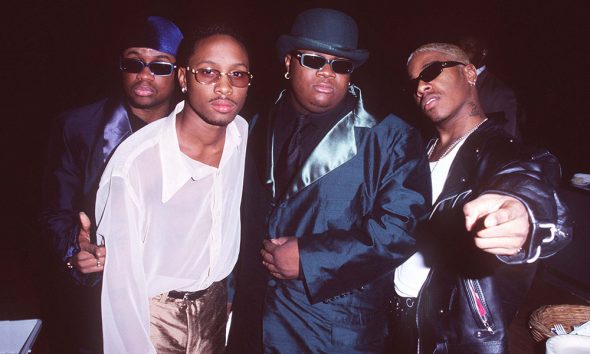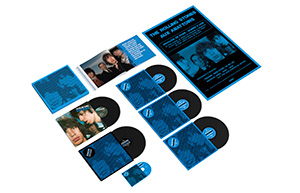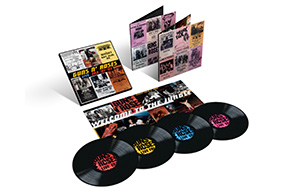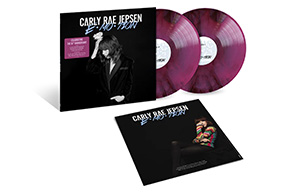Best Lee Ann Womack Songs: 10 Country Gems
The hitmaker effortlessly traverses a variety of country sounds.
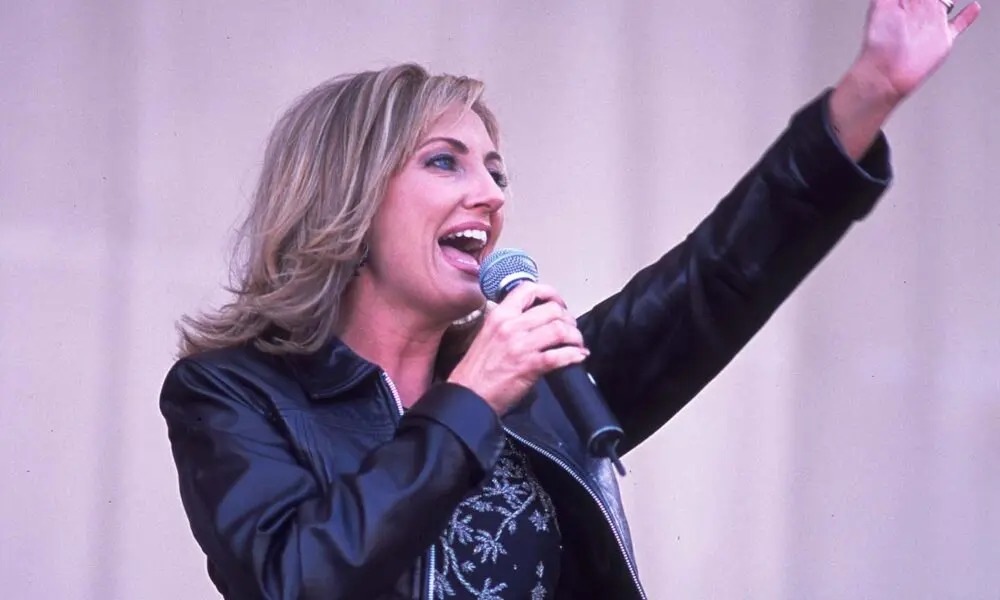
In the mid-1990s, the neo-traditional sounds of George Strait, Alan Jackson, and Reba McEntire were competing for dominance with the mega-pop country icons of Garth Brooks and Shania Twain on radio stations and in stadiums around the world. Lee Ann Womack’s first album dropped in the middle of this period. The eponymous effort positioned her squarely within the traditional realm. But her best songs have seen her take full advantage of the several evolutions within country music across her nearly three decades in the industry. She’s made traditional, pop and Americana-influenced country albums, leaving her fans with an impressive catalog of country music hits.
Womack’s nine studio albums have been met with popular and critical acclaim. Two of her albums were certified Gold, one Platinum, and I Hope You Dance reached Triple Platinum. Along the way, she’s picked up ACM Awards, CMA Awards, and even a Grammy.
Womack’s career evolution is ongoing, of course, with recent albums focusing on acoustic, stripped-down production that might be considered Americana more than pop country. But this look back on her storied career – touching on her biggest hits and sound-refining lesser-known releases – provides a clear snapshot of Womack’s impact so far.
The Fool (Lee Ann Womack)
While the album includes several standout songs and many that were not released as singles, it’s impossible to ignore the power of “The Fool.” From the sharp plays on words that support a difficult storyline to the incredible strength of Womack’s delivery, “The Fool” rightfully put her on the map. The song stands the test of time and deserves a careful listen within the current neo-traditional revival.
I’d Rather Have What We Had (Some Things I Know)
While “A Little Past Little Rock” was the first big single from this certified Gold album, Womack puts on a classic country clinic with “I’d Rather Have What We Had.” Written by one of country music’s most prolific and successful songwriters, Bobby Braddock, this song’s honky tonk piano, coupled with the rich vocals of Womack and her backup singers is reminiscent of peak Nashville Sound-era production.
I’ll Think Of A Reason Later (Some Things I Know)
With so much of Womack’s catalog leaning into soft songs about love and loss, “I’ll Think Of A Reason Later” allows a listener to let loose, have some fun and lean into desires when dealing with similar themes. The pre-chorus is a master class in lyric structure.
I Hope You Dance (I Hope You Dance)
There is a good reason this is Womack’s most popular song. In a sweeping ballad written by Mark D. Sanders and Tia Sillers, this powerful and hopeful anthem became the obvious choice for graduation parties and school dance ever since it dominated country radio during the early 2000s.
Ashes By Now (I Hope You Dance)
On an album defined by slow, grand pop-country ballads, this uptempo, fiddle-heavy, cleverly written song was a refreshing change of pace. While clearly an entry into her pop phase, this song harkens back to a classic country sound. Rodney Crowell’s lyrics provide the perfect balance between the highly polished Nashville sound and the grit of the neo-traditional stars of the period.
Something Worth Leaving Behind (Something Worth Leaving Behind)
Womack’s fourth studio album debuted at number two on the Top Country Album Charts, spent 30 weeks on the Top Country Albums chart, and 11 weeks on the Billboard 200. The title single brings much more pop to the equation and fits perfectly into the early 2000s radio landscape.
I May Hate Myself In The Morning (There’s More Where That Came From)
Swinging back toward a traditional sound on this album, “I May Hate Myself In The Morning”’s complex country arrangement gives listeners a powerful song that is much more than the sum of its parts. Each element elevates the other, most notably the contrast of the lone acoustic guitar carrying the melody with the sweeping grand string section later in the song.
Twenty Years and Two Husbands Ago (There’s More Where That Came From)
As divorce rates saw a significant increase in the early 2000s, “Twenty Years and Two Husbands Ago” was a song right for the time. Country music fans tend to be a bit older than other pop music fans, and even if the themes of divorce don’t strike a chord, this song remains relevant: Aging is a timeless and universal topic.
Last Call (Call Me Crazy)
The first single and lead song on this album, “Last Call,” relies on powerful turns of phrase and clever wordplay to explore what might today be called a situationship. The clear production – supported by incredible vocals and beautiful arrangements – earned Womack a GRAMMY award nomination for Best Female Country Vocal Performance.
What Are You Doing New Year’s Eve? (The Season For Romance)
Chock-full of classic holiday hits with a touch of twang, Womack delivers a strong entry to the country music Christmas album canon with The Season For Romance. The closing song, “What Are You Doing New Year’s Eve,” allows Womack to show off her vocal range and abilities. While not clearly country, this is a powerful version of the song, leaving you hopeful that she has someone to kiss at midnight.

